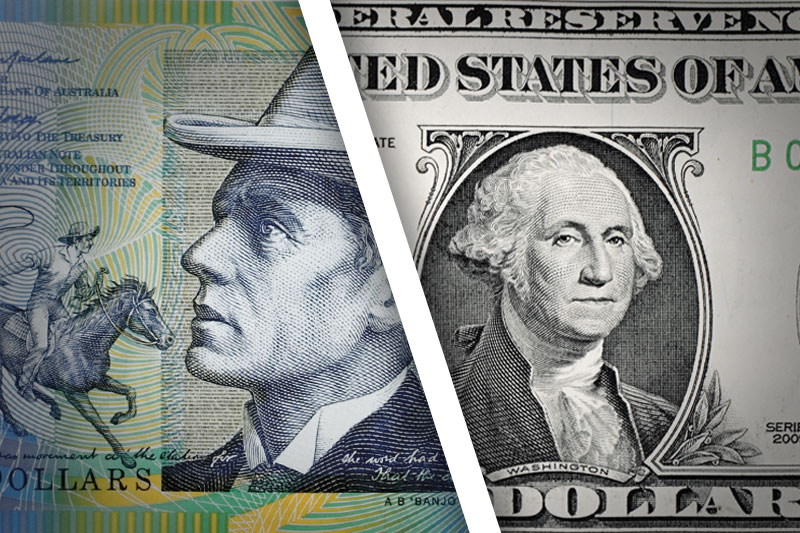Investing.com - The Australian dollar rose against its U.S. counterpart on Monday, after the release of positive Chinese manufacturing data on Sunday, followed by a string of mixed Australian economic reports.
AUD/USD hit 0.9642 during late Asian trade, the session high; the pair subsequently consolidated at 0.9648, advancing 0.76%.
The pair was likely to find support at 0.9549, the low of May 31 and resistance at 0.9697, the high of May 30.
Official data showed that retail sales in Australian data rose 0.2% in April, less than the expected 0.3% increase, after a 0.4% decline the previous month.
In addition, data showed that job advertizements in Australia fell 2.4% in May, after a 1.7% decline the previous month.
A separate report showed that Australian company operating profits rose 3% in the first quarter, beating expectations for a 1.5% rise, after a 0.5% fall in the previous quarter.
Elsewhere, data showed that China’s final HSBC Flash Purchasing Managers Index fell to 49.2 in May from a flash reading of 49.6 and down from 50.4 in April.
The disappointing data came one day after a government report showed that China’s manufacturing purchasing managers' index inched up to 50.8 last month from 50.6 in April.
China is Australia's biggest export partner.
The Aussie was higher against the euro with EUR/AUD shedding 0.50%, to hit 1.3502.
Later in the day, the Institute of Supply Management was to release data on manufacturing activity in the U.S.
AUD/USD hit 0.9642 during late Asian trade, the session high; the pair subsequently consolidated at 0.9648, advancing 0.76%.
The pair was likely to find support at 0.9549, the low of May 31 and resistance at 0.9697, the high of May 30.
Official data showed that retail sales in Australian data rose 0.2% in April, less than the expected 0.3% increase, after a 0.4% decline the previous month.
In addition, data showed that job advertizements in Australia fell 2.4% in May, after a 1.7% decline the previous month.
A separate report showed that Australian company operating profits rose 3% in the first quarter, beating expectations for a 1.5% rise, after a 0.5% fall in the previous quarter.
Elsewhere, data showed that China’s final HSBC Flash Purchasing Managers Index fell to 49.2 in May from a flash reading of 49.6 and down from 50.4 in April.
The disappointing data came one day after a government report showed that China’s manufacturing purchasing managers' index inched up to 50.8 last month from 50.6 in April.
China is Australia's biggest export partner.
The Aussie was higher against the euro with EUR/AUD shedding 0.50%, to hit 1.3502.
Later in the day, the Institute of Supply Management was to release data on manufacturing activity in the U.S.
